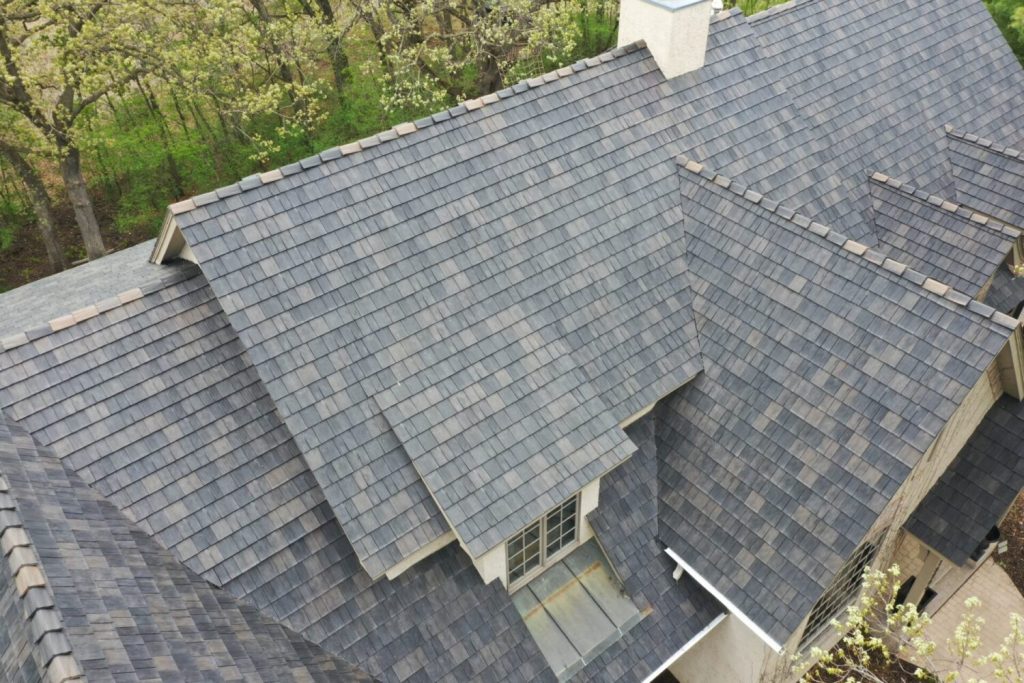Placing a new layer of asphalt shingles over existing ones, particularly when there is
notable wood rot, moisture damage, or mold on the underlying plywood, or when the
existing shingles are dimensional, is not advisable for several reasons:
Structural Concerns: Wood rot and moisture damage weaken the structural
integrity of the roof. Adding a new layer of shingles adds weight without addressing
the underlaying issues, potentially leading to structural failure.
Moisture Problems: Overlaying shingles over a damaged layer can trap moisture,
exacerbating wood rot, mold, and mildew problems. This can lead to further damage
and costly repairs. And potential health problems.
Shortened Lifespan: The new shingle lifespan may be shortened as they cannot
adhere properly to a damaged or uneven surface. Dimensional shingles already
have a varied surface, making proper adhesion of a second layer more challenging.
Only 50% of the new shingles will actually adhere to the underlying layer of shingles.
You will have uneven nail application and the likelihood of nail pops is significant.
Also, the original shingles will become super – heated and can “bake” the plywood
below.
Building Code Violations: Many local building codes limit the number of shingle
layers on a roof, typically to two. Installing more than this can violate codes and
affect insurance or the sale of the property.
For these reasons, it’s best practice to remove the old layer of shingles, repair
any structural or moisture damage, and then proceed with a new roof installation.
This approach ensures the longevity and performance of the roofing system.

